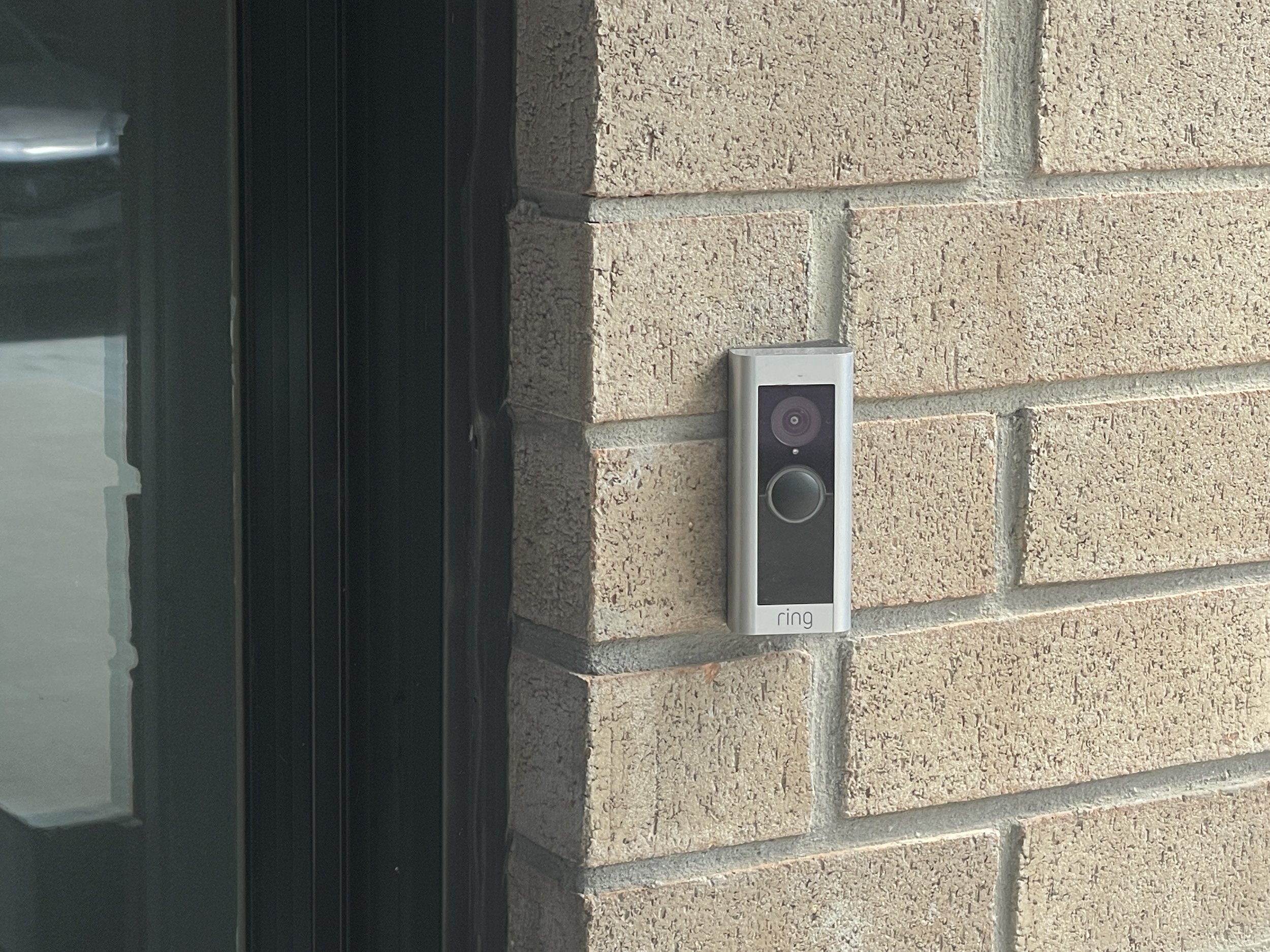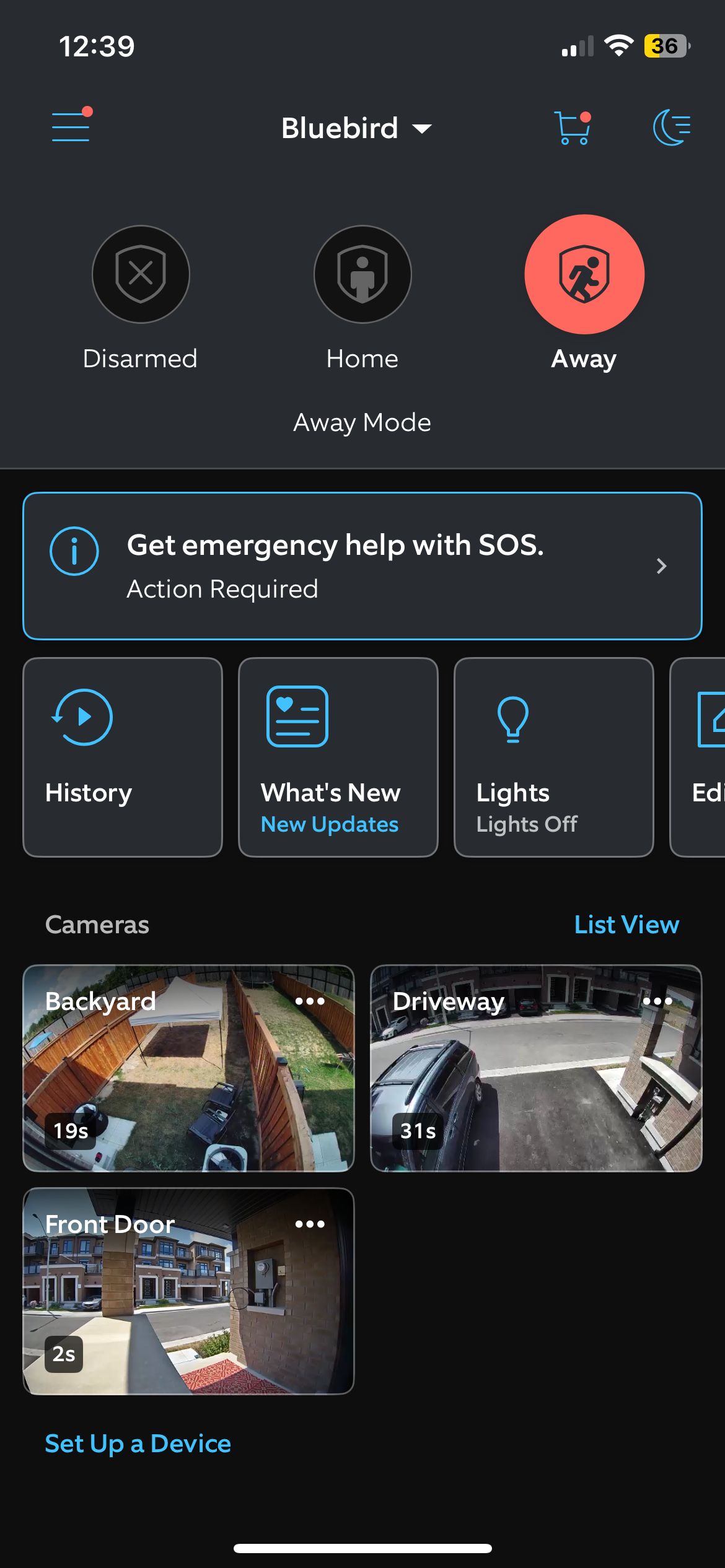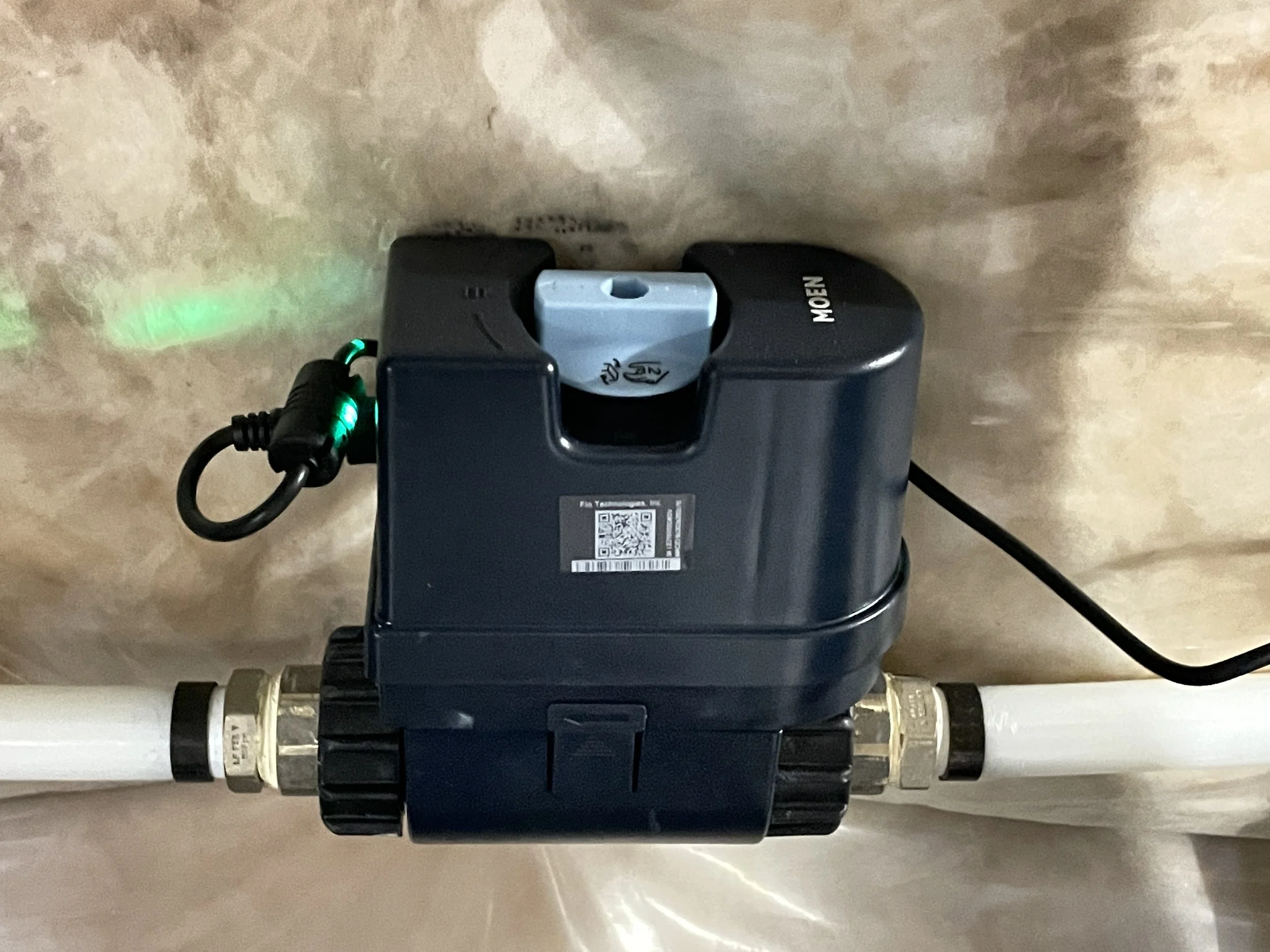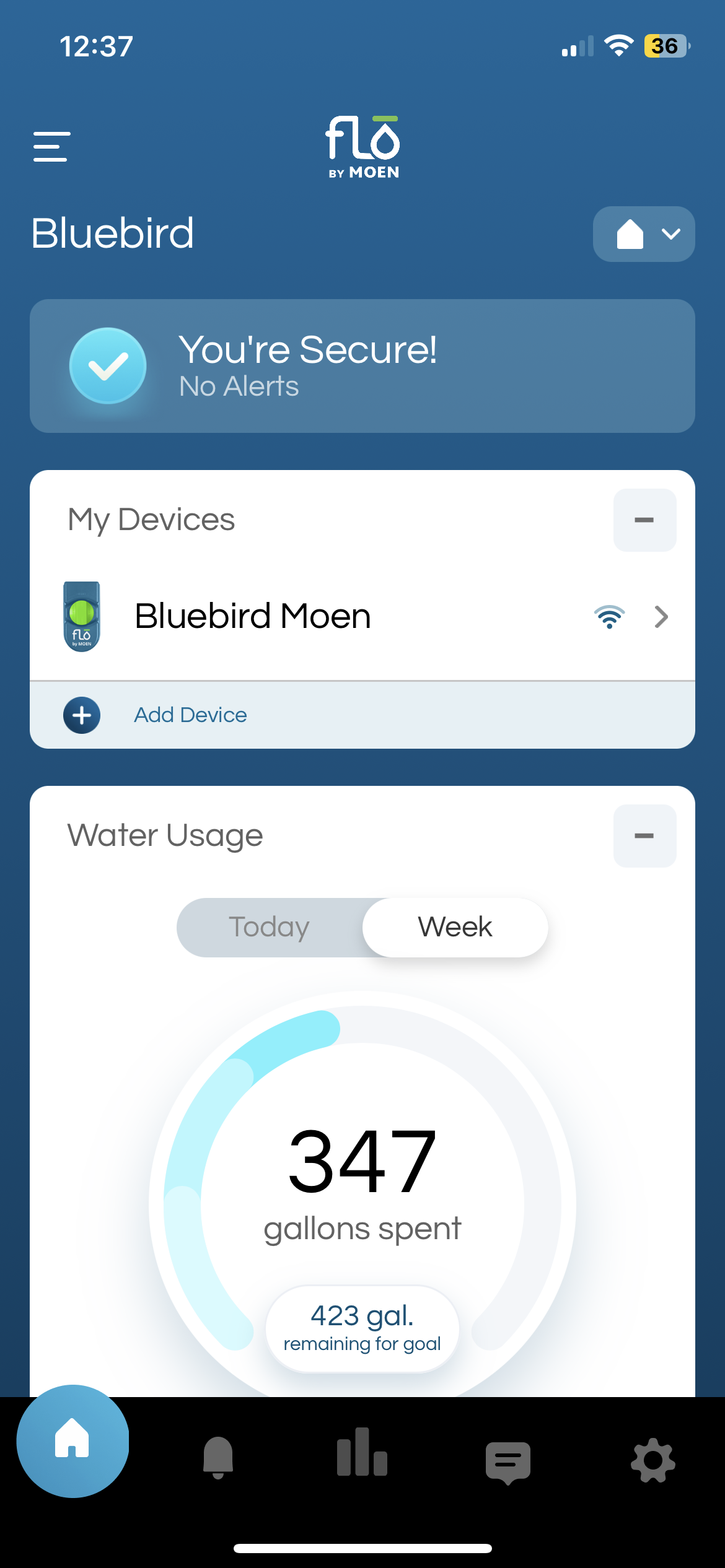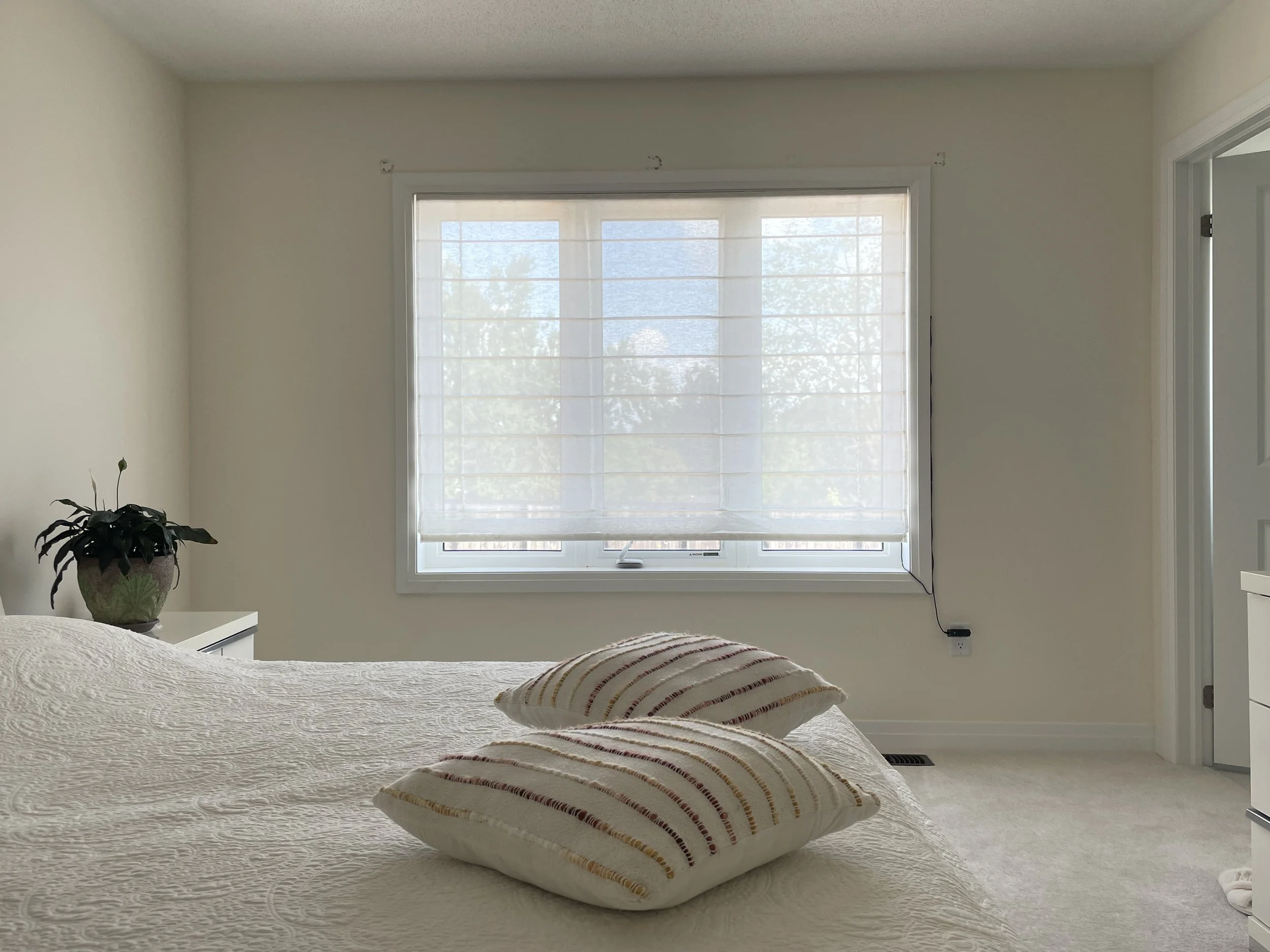This is how I’d spend a $1,000 to improve my quality of life at home
Author: Zak Hutsul
Date: April 07, 2025
5 min read
If you’re anything like me, any and all disposable cash at the end of the month goes into a piggy bank to fuel your passion for exploring the outer reaches of this world.
However, as much as I love the allure of travel, Toronto is my home, and that is likely not going to change anytime soon.
Like any other city, we have our problems.
But the region around the Great Lakes provides a unique geographical cradle that shelters us from much of the stress of climate change. We live in a historically stable political climate, notwithstanding the current US president. We have Canada’s largest economy in Ontario and no shortage of the essential building blocks needed to build and sustain a good life.
As I arrived at this realization, I immediately began researching and thinking about home improvements that would improve my QoL at home.
I hope this will prove to be a useful read for people like me – the curious nomads at heart, who also love the structure and routine of life at home.
We just bought this house: More or less $1,000
1. Ring Wired Doorbell Pro and Ring Wired Plus Floodlights:
You can’t put a price tag on home safety and security, especially when travelling abroad for several weeks or months out of the year.
We hardwired them to our electrical system at home – never having to think or worry about replacing batteries or blackout periods if the WiFi signal goes down.
2. Flo by Moen Smart Water Shut-off:
One of the first things we did was install a water management sensor to remotely monitor and control water consumption when travelling or working away from home.
This is also a fail safe against the winter freeze thaw cycle that renders old, exposed and poorly insulated pipes susceptible to bursting. Better safe than sorry.
a. Need to know: If you know your way around a toolbox and plan to install the device on your own, make sure to purchase the correct device size compatible with the pipe diameter of your plumbing at home.
b. On the topic of water management, a close second would be the Orbit B-Hyve watering timer for your backyard spigot and automated garden maintenance.
3. Automatic Shades and/or Shading Devices
We have a South West facing front facade and the rooms in the front of the house get marvellously hot in the summer mid-day sun.
To help lower the cooling bills between June and September, we ordered and installed automated Roman shades on all second floor windows. We have them set-up on an automated schedule to let sunshine flood the room in the morning, then shield our sensitive window plants in the afternoon.
One other strategy that you can adopt from the Passive House Building institute, is to install an exterior shading device over the windows – commonly known as an awning.
All it takes is a bit of highschool level trigonometry to calculate the necessary overhang depth. The overhang blocks peak-intensity sunlight when the sun is at its highest in June and lowest in September.
4. Lighting
Installing dimmable pot lights in the living room or hard-wired under cabinet lighting in your kitchen won’t break the bank but will have an incredible effect on how you feel in certain rooms of your home.
We have an open floor concept and watching movies with the kitchen lights beaming in the background was our only option up until not long ago.
Installing 3000K soft white pot lights in the living room made movie nights so much more enjoyable. We dim the lights down low and sync up our favourite dramas and rom coms with the Phillips Hue gradient light strip. The whole ambiance of this room makes it feel like the movie isn’t just happening to you, but happening with you.
In the office, we swapped out the builder grade LED lightbulbs with programmable Phillips Hue bulbs. This allows us to switch between cool daylight – great to stay awake and alert during a busy work day, and warm evening light – perfect for winding down the day leafing through a good read.
5. Bidet
This is a fairly personal topic (and preference), but I fell in love with using a bidet on my travels to Thailand.
It just feels so much more sanitary than using toilet paper, and consumes less water than the end-to-end product lifecycle of TP.
I went with the Brondell Non-electric Bidet, which doesn’t require any plumbing or electrical work.
Installation was quick and easy – it took all of about 10 minutes to install the integrated bidet/toilet seat. And I never need to think about sending that dreaded code brown– out of TP, text message ever again.

